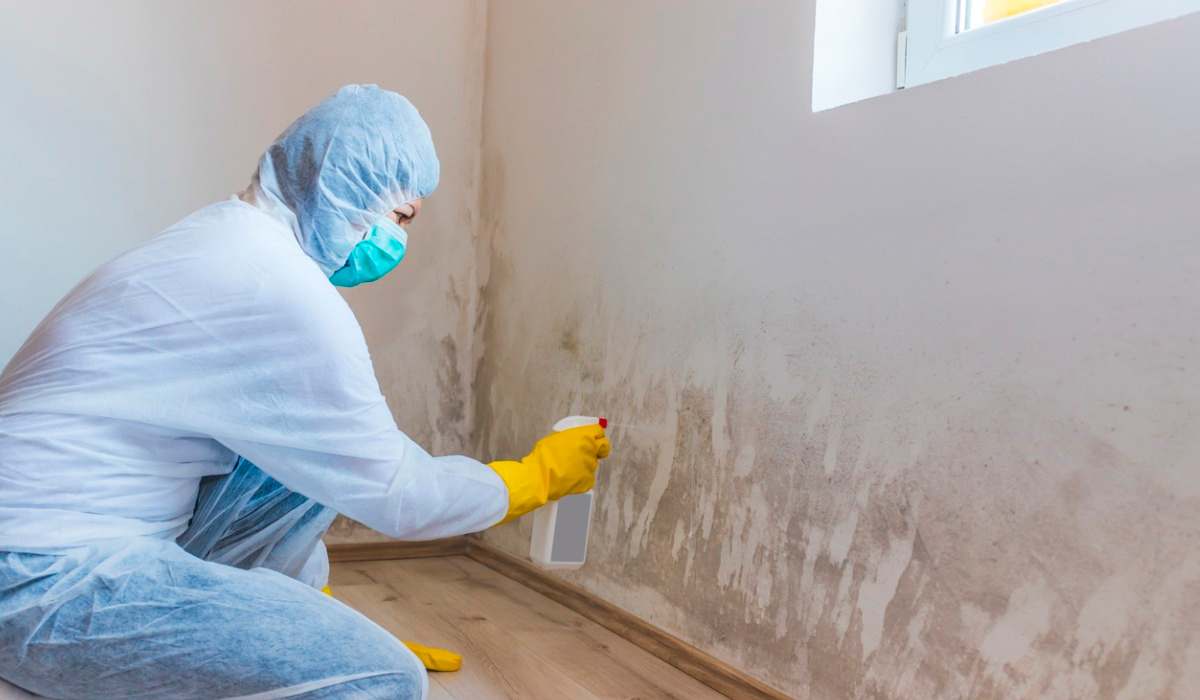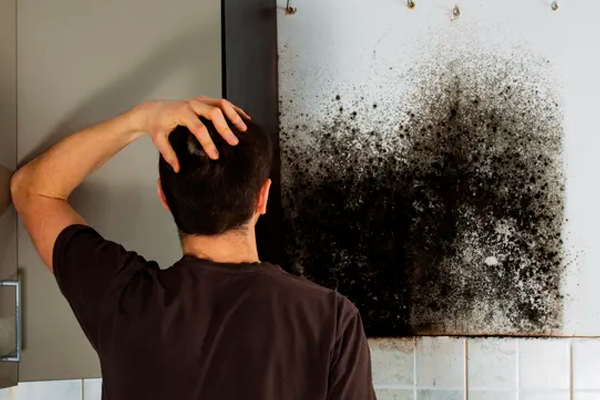
Post-Inspection Mold Remediation: A Comprehensive Guide to Effective Mold Removal
Mold growth is a common issue in many households and buildings, leading to potential health risks and structural damage. To ensure a safe and mold-free environment, post-inspection mold remediation is crucial. In this article, we will explore the essential steps and best practices for effective mold removal, minimizing the risk of future mold recurrence.
Understanding Post-Inspection Mold Remediation
Post-inspection mold remediation is the process of eliminating mold growth and restoring the affected area to its original condition. It involves a systematic approach to ensure thorough mold removal and prevent further contamination.
Containment and Protection Measures
To begin the post-inspection mold remediation process, it’s essential to establish proper containment and protection measures. This includes:
– Using plastic sheeting to isolate the affected area from the rest of the building.
– Sealing off HVAC vents and other openings to prevent mold spores from spreading.
– Wearing personal protective equipment (PPE), such as gloves, goggles, and masks, to avoid exposure.
Mold Removal Techniques
Effective mold removal requires appropriate techniques to eliminate mold from different surfaces. The following steps should be followed:
– Start by removing any porous materials heavily contaminated with mold, such as carpets or drywall. These materials may need to be safely disposed of.
– For non-porous surfaces, use a mixture of detergent and water to scrub away mold growth. Ensure thorough cleaning of all affected areas.
– After cleaning, it is crucial to dry the area thoroughly to discourage future mold growth.
HEPA Vacuuming for Mold Removal
HEPA vacuuming is an essential step in post-inspection mold remediation. It helps remove loose mold spores from surfaces and the air. Consider the following:
– Use a High-Efficiency Particulate Air (HEPA) vacuum cleaner for effective mold spore removal.
– Pay close attention to cracks, crevices, and hidden areas where mold might still be present.
– Empty the vacuum bag or clean the canister in an appropriate manner to prevent recontamination.
Proper Disposal of Mold-Infested Materials
Safe disposal of mold-infested materials is vital to prevent further spread of mold spores. Follow these guidelines:
– Seal all removed mold-infested materials in plastic bags before disposing of them.
– Follow local guidelines and regulations for proper disposal methods.
– Avoid carrying mold-contaminated materials through unaffected areas of the building.
The Importance of Professional Mold Assessment and Inspection
Before starting post-inspection mold remediation, it is crucial to conduct a thorough mold assessment and inspection. Trained professionals can:
– Identify the extent of the mold problem, its causes, and any underlying issues that may contribute to mold growth.
– Develop a targeted plan for effective mold remediation.
– Ensure that all necessary safety measures are in place during the remediation process.
Expert Tips for Successful Post-Inspection Mold Remediation
In addition to following the steps mentioned earlier, consider these expert tips for successful mold remediation:
– Ensure proper ventilation during the remediation process to minimize moisture and accelerate drying.
– Monitor and control humidity levels to prevent mold recurrence.
– Regularly inspect and maintain the building’s plumbing and drainage systems to prevent water leaks and excess moisture.
– Educate occupants about mold prevention, including proper ventilation and immediate reporting of any signs of water damage or mold growth.
Conclusion:
Post-inspection mold remediation plays a crucial role in eliminating mold and creating a healthy indoor environment. By following the recommended steps and guidelines, and seeking professional assistance when necessary, you can effectively remove mold, reduce health risks, and prevent future mold growth. Remember, early intervention and a proactive approach are key to successful mold remediation. Create a mold-free space and ensure the well-being of your property and occupants by implementing the strategies outlined in this comprehensive guide. Act now to enjoy a safe and healthy living or working environment free from the harmful effects of mold.

